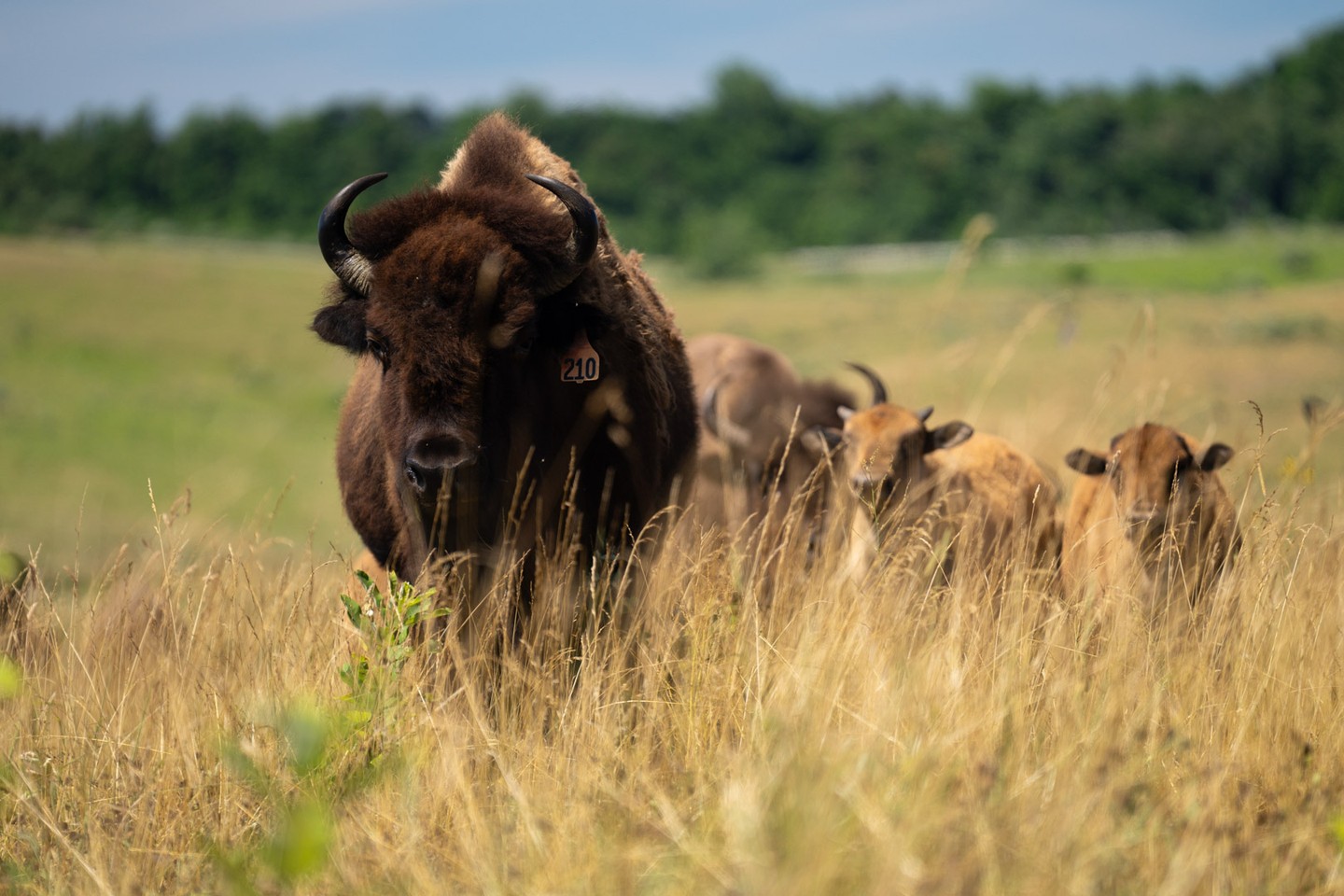- Uncovering the official mammal of the United States and its significance.
- The role of the American bison as a keystone species in prairie ecosystems.
- Conservation efforts and challenges facing the American bison and its habitat.
- The impact of The Wilds and their innovative conservation strategies for bison.
- Cultural and historical perspectives of the American bison in American society.
The American bison holds the distinguished title of the official mammal of the United States, a recognition that reflects its profound impact on the nation’s natural and cultural heritage. This majestic creature stands as a symbol of resilience and strength, emblematic of the diverse ecosystems it inhabits. Despite common misconceptions, it is not a bear or a fox, but the bison that commands this honor. It is imperative to understand the vital role that the American bison plays in maintaining prairie ecosystems and how human actions have shaped its survival and conservation efforts.
Historically, American bison roamed the vast expanses of North America, with their numbers reaching an estimated 30 to 60 million. As a keystone species, their presence shaped the landscape, influencing plant growth, soil quality, and the survival of other species. The prairies, once covering over 142 million acres of the United States, depended on the bison to maintain a delicate balance among various forms of life. Through their grazing patterns, bison encourage the growth of diverse plant species, which in turn supports numerous insects, birds, and other wildlife.
The effects of human activities have been devastating for bison populations and prairie ecosystems alike. By the late 1800s, overhunting and habitat loss brought bison to the brink of extinction, with fewer than 1,000 left in the wild. Today, the prairies of North America are recognized as one of the most endangered ecosystems, with less than 5% of the original habitat remaining intact. This dramatic reduction highlights the pressing need for conservation efforts that address the challenges faced by both the bison and their habitats.
The Wilds, known for pioneering conservation approaches, has established the North American Center for Bison Conservation as part of their commitment to reversing the decline of bison populations. Through initiatives like the Association of Zoos and Aquariums (AZA) Saving Animals From Extinction (SAFE) program, The Wilds aims to focus on restoring bison numbers and their prairie environments. Many programs under this umbrella work to rebuild herds, protect critical habitats, and foster public awareness about the importance of these efforts.
These conservation efforts highlight the crucial intersection of science, education, and sustainable practices. The North American Center for Bison Conservation embodies strategies that combine research with practical interventions to achieve long-term success. This includes habitat restoration, genetic diversity enhancement, and collaboration with indigenous communities and landowners. The participation of local stakeholders is vital, as their historical knowledge and connection to the land can lead to innovative, culturally sensitive solutions.
The cultural and historical significance of the American bison is as deep as it is enduring. Indigenous peoples in North America have revered the bison for centuries, relying on it for food, clothing, and tools. The animal holds a sacred place in many tribal traditions and stories, underscoring the necessity of integrating cultural respect into conservation practices. As an icon of the American West, the bison has captured the imagination of countless generations, representing freedom, independence, and the untamed spirit of the land.
The multifaceted journey toward bison conservation is fraught with challenges but is laden with opportunities for impactful change. As the official mammal of the United States, the bison serves as a powerful reminder of the interconnectedness of all living things and the need to preserve the natural world for future generations. These animals not only reflect the rich tapestry of American wildlife but also remind us of the potential for recovery and renewal when collective action is taken.
To sustain the future of the American bison and its habitat, it is essential to prioritize innovative conservation strategies, foster community engagement, and respect historical connections. The efforts of The Wilds, alongside numerous dedicated organizations and individuals, illustrate the potential to rebuild the once expansive prairie landscapes for the benefit of all. Through education, advocacy, and scientific research, we can create a roadmap for the survival of the American bison and the broader ecosystem it supports.
*****
Source Description
Do you know which mammal is the official mammal of the United States? It’s not a bear and it’s not a fox … it’s a bison!
The American bison is a keystone species to the United States, helping to balance the abundance of plant and animal species in prairie habitat, which once covered over 142 million acres across the United States. Today, less than 5% of these prairies are estimated to remain, making the American prairie one of the most endangered ecosystems on earth.
At The Wilds, we’re forging a path toward bison conservation excellence through the creation of the North American Center for Bison Conservation and our involvement in the @zoos_aquariums (AZA) Saving Animals From Extinction (SAFE) program for bison.
We believe the American bison is a species with cultural and historical importance and that our work towards its conservation is vital to building a sustainable future, both for the bison and the American Prairie. For more information on our bison conservation, visit the Conservation page on our website.


